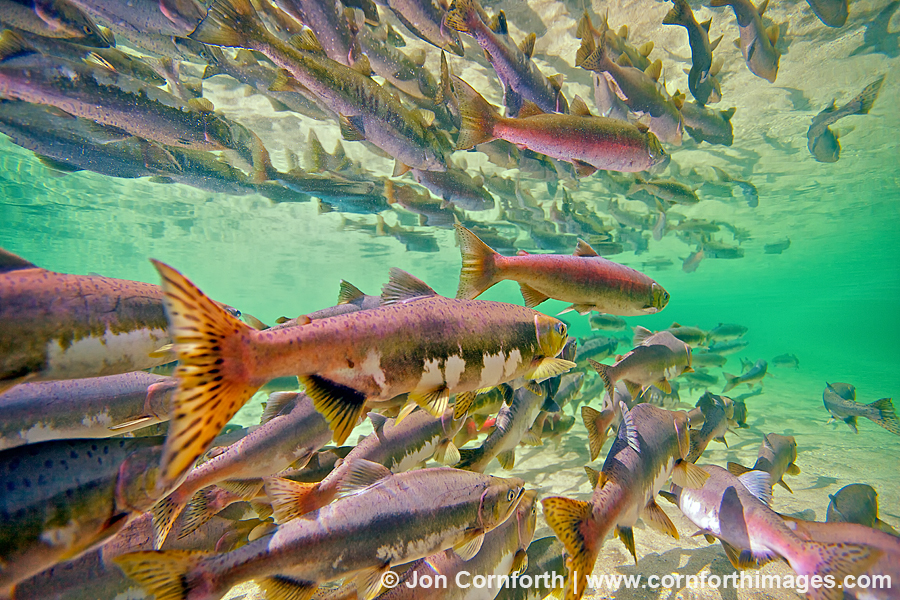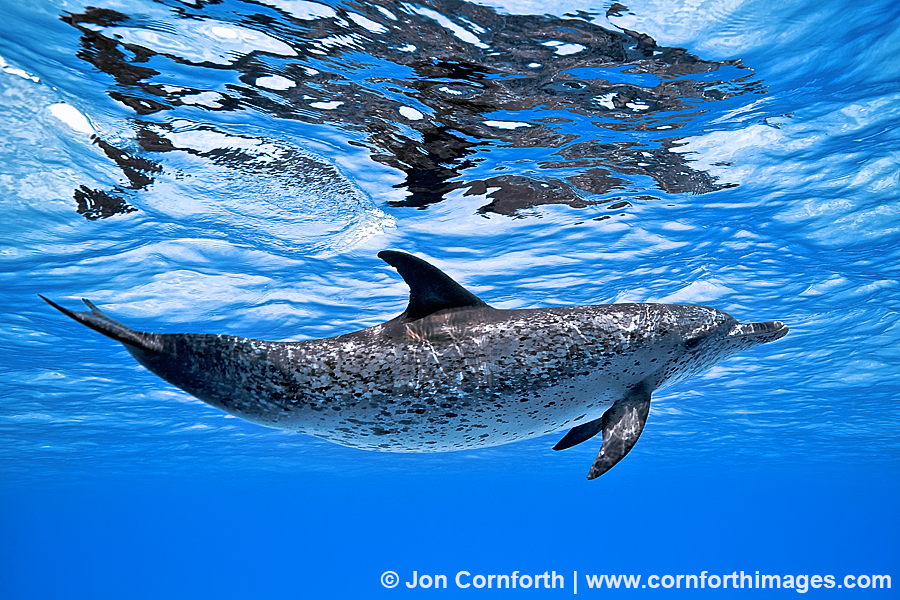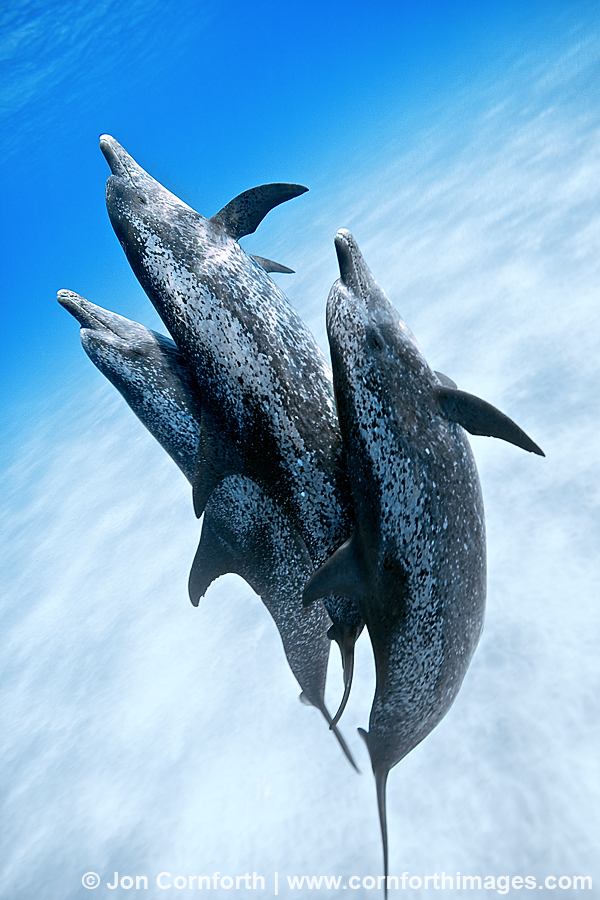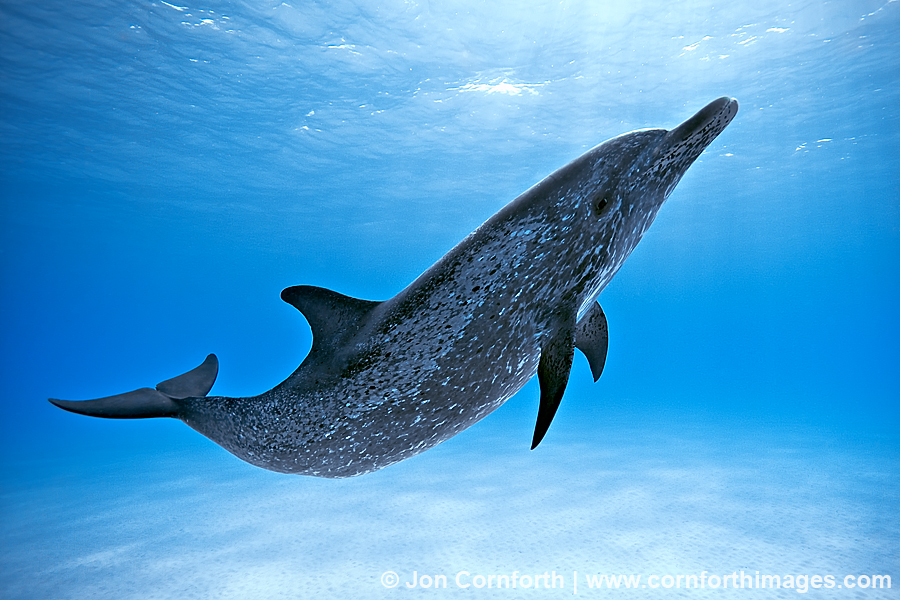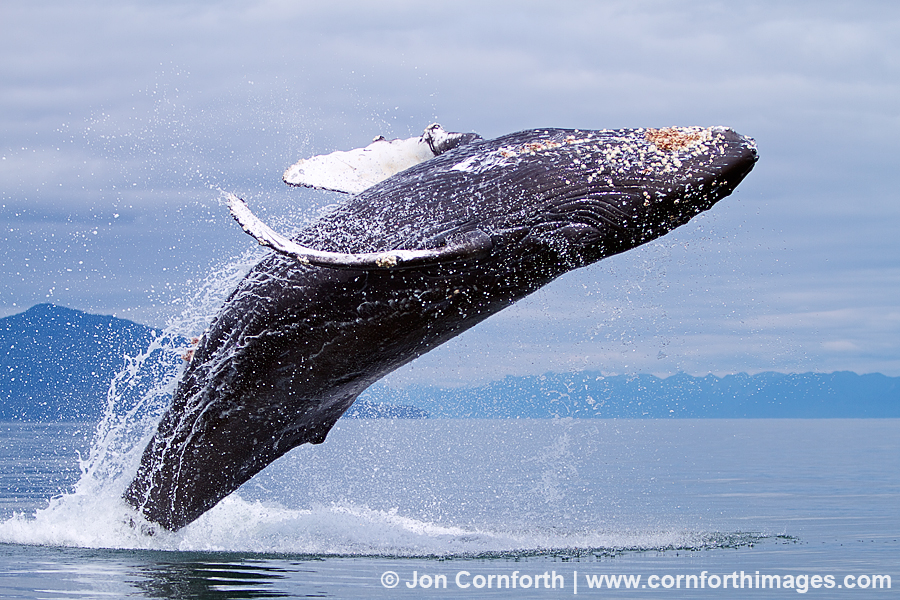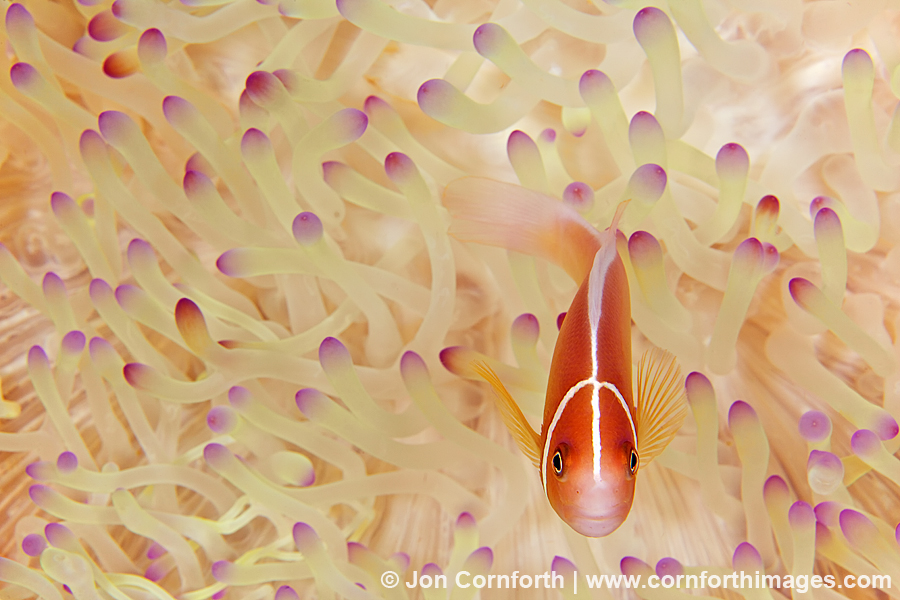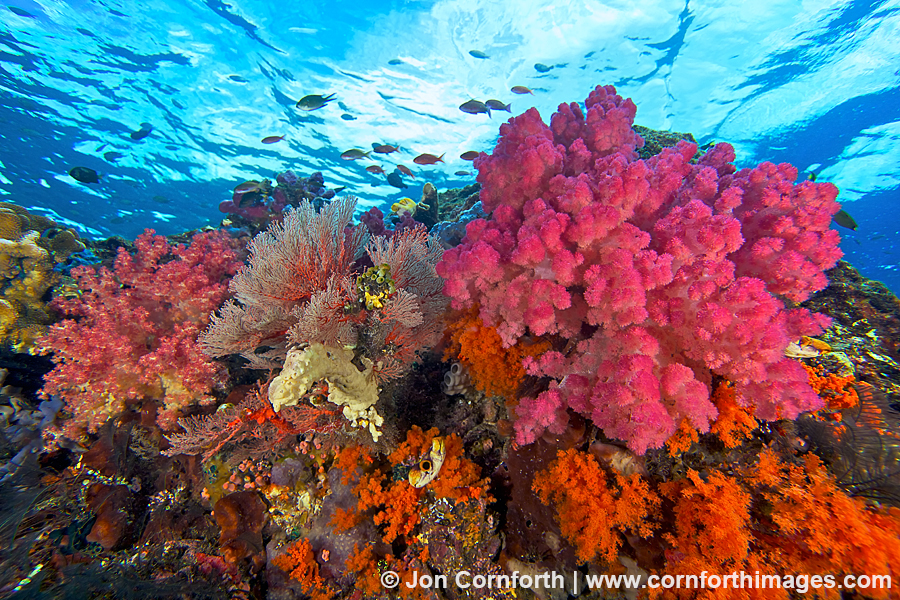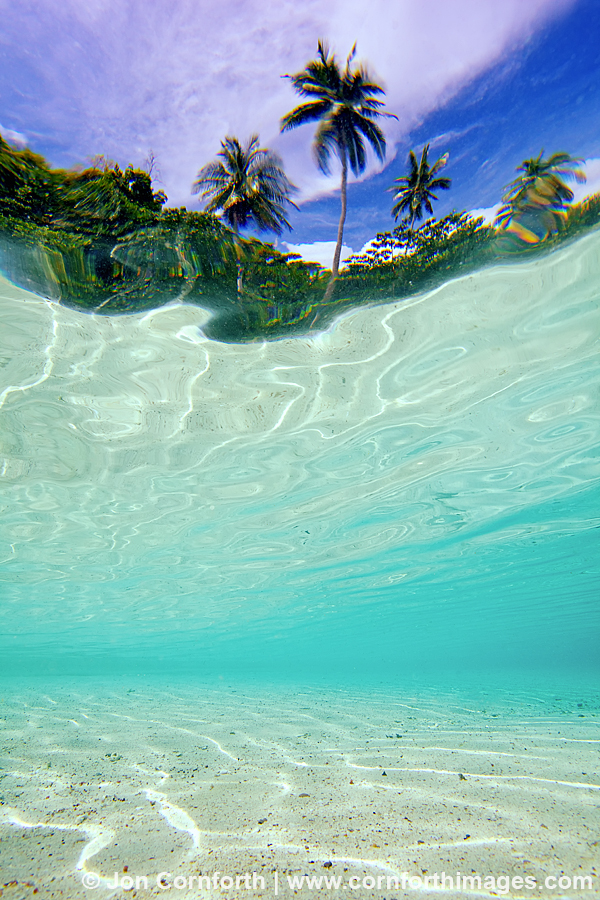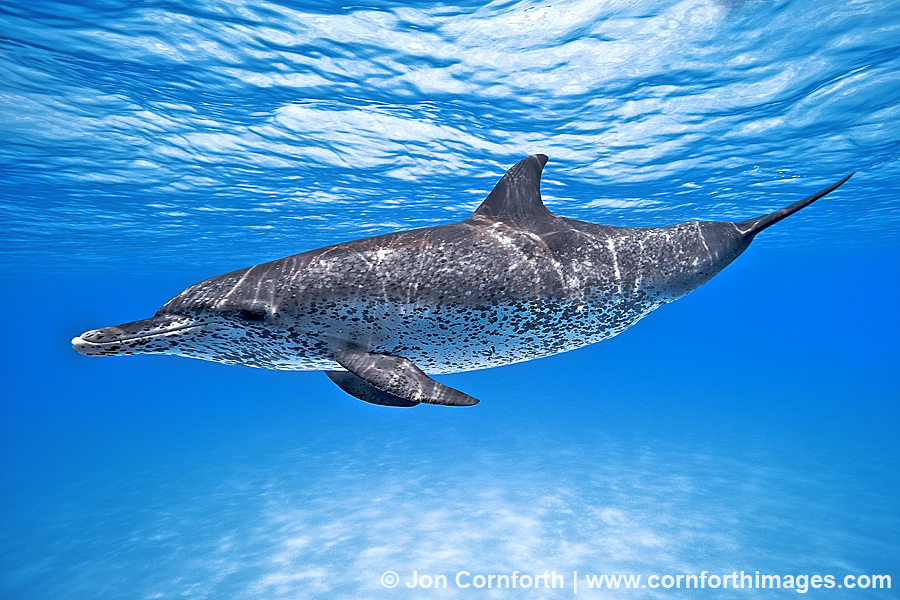
Atlantic Spotted Dolphin 5
Posted onI’ve been working at home for almost 2 months, which is making me pretty antsy to get back outdoors, but especially underwater. So, I thought that I would share another one of my favorite Atlantic spotted dolphin images from my liveaboard expedition to the Bahamas last summer. I’ve previously described how athletically difficult it is to take an underwater picture like this. Technically, all I do is put my camera in aperture priority mode and pick an aperture & ISO that will give me a fast enough shutter speed to stop the action. Of course, the whole point of this trip was to spend time swimming in the wild with these graceful creatures. I created this image using my Canon 5dmkII and 17-40mm f4 lens with a +3 diopter in my Ikelite 5DmkII housing with 8″ dome port. This image is a single exposure which required a bit of processing to remove the cyan cast of the water using Aperture 3.0 and Photoshop CS5.

